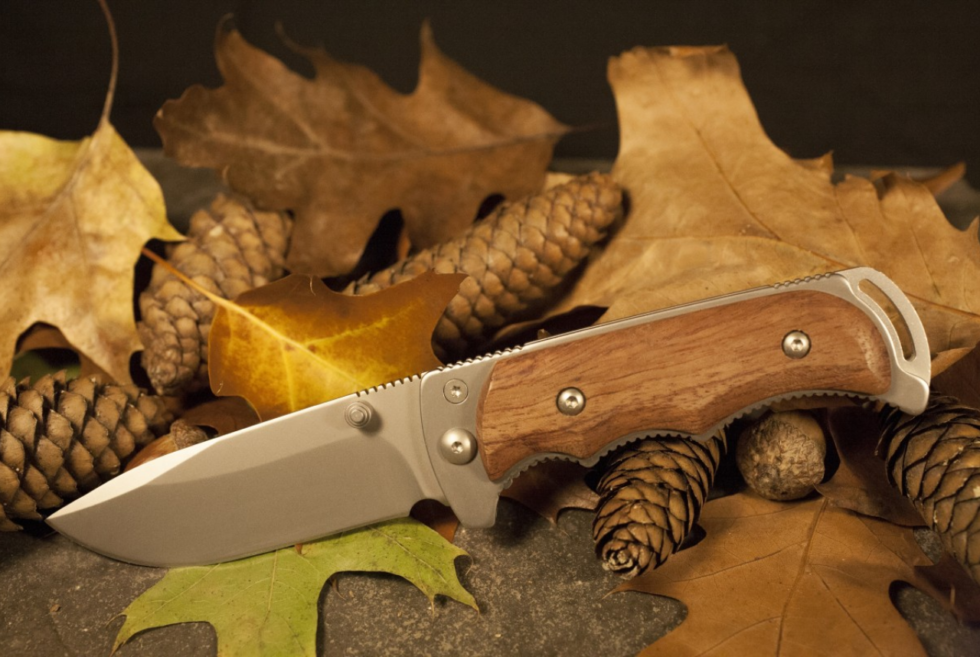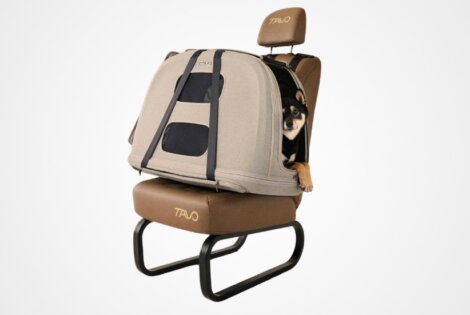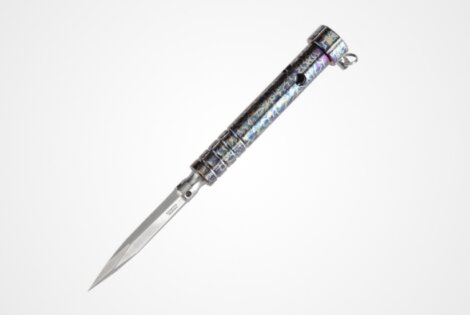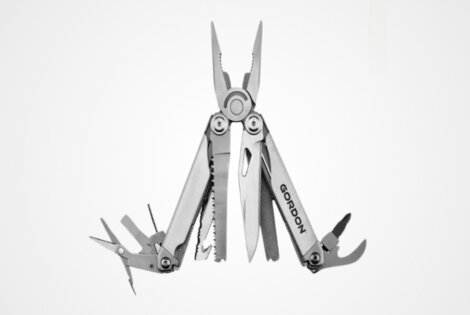Imagine you’re going for hunting or outing, and suddenly, you find that you forgot to bring the food, as well as the necessary tools for your activity. What will you do now?
Situations like this can leave you panicked and frustrated. However, if you have the right knife with you, the chances are that you will succeed in your mission.
Whether you like fishing, camping, or other outdoor activities, it’s crucial to carry a knife that can be used for cutting, chopping, or other potential survival tasks. However, you need to choose the right knife to do your job correctly and avoid any unwanted incident.
How to Choose The Perfect Survival Knife
While there are several shops and websites with a vast collection of awesome pocket knives, not each of them is suitable for you or the task you need to do.
The place you’re going, the weather, the types of tasks you will be required to do greatly influence the size, shape, and robustness of the survival knife that best suits you.
Considering the following things will help you to choose the right knife.
Size Matters
Size is one of the most important features of a survival knife. Interestingly, it’s also the most controversial aspect.
For some people, it’s easier to do any task with a large knife, while others prefer a compact one. However, depending on what you do, both of them have something to offer.
If you’re doing heavy-duty work like cutting up dead trees for a fire or creating shelters, large fixed blade knives can be your best friend. However, a smaller fixed blade knife can also work perfectly with its durable blade and versatility.
Remember, using the proper technique, you can make a smaller knife to do the task of a large knife. But the opposite will be a bit challenging. Also, carrying a smaller knife seems to be more practical.
The Edge of The Knife
This is another key feature that you need to consider to determine which knife is suitable for you.
While the concave edge is great for preparing foods, fine work, and carving, convexes are the best fit for cutting woods, machetes, etc.
Although convex edges are extremely durable, if you are looking for something that is easier to sharpen, you should go for the concave one.
On the other hand, if you need a knife that is more versatile and can cover both the aspects, choose the one with a straight edge.
Fixed Blade or Foldable?
If you’re tempted by the large, fixed blade knives you’ve seen in some action movies, there are good reasons for it.
Fixed blade knives are perfect for heavy-duty work such as chopping, batoning, digging due to their strength. However, most of them are large and heavy and not convenient for carrying.
While foldable blades are easy to carry due to their compactness, they are quite weak at the pivot point. So, if you prefer a stronger blade but the size bothers you, go for a medium-sized fixed blade survival knife.
Consider The Spike
There are different types of spikes on a knife such as complete spike, partial sheet, short ear, tail of rat, conical short ear, perforated spike, taper pin with stud, etc.
If you’re going for outdoor activities, the most recommended knife is the one with a complete spike. Its steel goes from the tip to the hill and comes with a thickness of 3.5-5 mm.
However, if you’re planning to do some light work, you can also choose one with the partial sheet.
Handle of The Knife
Choosing a survival knife with an inappropriate handle can put you at a high risk of accidents. The material and shape of the handle play an important role in how smoothly you’ll do a task without getting injured.
A smooth-handled knife can cause blisters in hand when dry and slip when it’s wet. On the other hand, handles made with rubber or leather are quite comfortable and possess fewer risks, but they degrade pretty fast.
Also, if you’re planning to chop wood or bone, you must go for a heavier handle. A medium knife with a handle made of wood or bone can also work just fine.
The Material of The Blade
While you’re busy researching the size, shape, handles, and other possible aspects of a survival knife, you should not forget its most fundamental feature, which is the blade itself.
The knives you will see are typically made of any of these two materials – stainless steel and carbon steel.
Carbon steel is the most common on large fixed blade knives and can hold an edge for a very long time. They are durable but harder and more expensive to resharpen.
Stainless steel is generally used to make small fixed blades. It’s also the least expensive. It’s easier to resharpen and will be the least expensive. However, its edge goes dull faster than the carbon one.
Consider a Secondary Function
Most of the knives come with a secondary function in the heel.
For example, a glass breaker, a hammer, or a scraper for ferrocerium, hook, etc.
Sometimes, you may need to hit some surface. Having such functions in your tool will make your life easier.
Whether you want to use the heel of your knife as a glass breaker, hook, or hammer, choose one that is as versatile as possible, and it will certainly become a survival knife.
Final Thoughts
How you choose your survival knife can really make the difference between a perfect campaign and an ultimate disaster. Depending on your budget, you should go for one that you can use in almost any situation.
Also, it’s important to purchase a knife based on why and how you will use it. The knife you use for light work won’t be a good option for heavy work.
It’s highly recommended that you put the knife in your pocket or in a bag when you’re in a public place. Also, don’t carry it everywhere unless it’s absolutely necessary.







